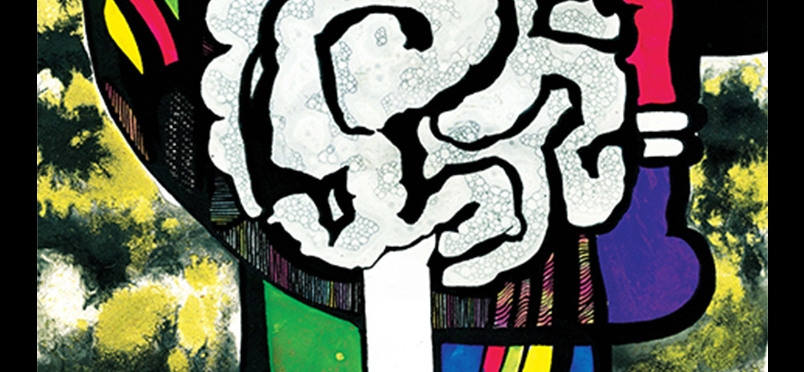| back pain
Is Surgery the Best Treatment for Chronic Back Pain? Maybe Not

New Understanding on Breakdown of Spinal Disc Tissue and Degeneration Process May Inform Nonsurgical Options
New research conducted at Baylor Scott & White Health Central Texas provides fresh insight into the molecular mechanisms that accompany the breakdown of spinal disc tissue. The findings may inform the development of new minimally invasive therapeutic approaches to treat disc degeneration and chronic back pain. Lumbar invertebral disc degeneration, an age related breakdown of disc tissue, is implicated in millions of cases of lower back pain in the US. The effectiveness of current treatments, including surgery, has been limited, in part by uncertainty about the causal mechanisms of degeneration. Lead researcher Jason Huang, MD, said of the current study, “This is a first step in an exciting research journey that will hopefully reduce that burden as well as the number of patients having to undergo invasive surgery, thereby making the population much healthier.” The findings are published in the Journal of Neurosurgery: Spine.
The latest research builds on prior investigations of SMURF2, a gene that has been associated with tumor formation and disease progression. Researchers created an overexpression of SMURF2 in mice and compared rates of disc degeneration to those observed in untreated mice. They found an acceleration in the degenerative process of 3 to 6 months in the treated mice. The next research phase will involve application of the findings to human tissue, with additional results expected to be published later this year.
Read a news story about the findings.
The journal article may be read here.
Other Categories:
Did you enjoy this article?
Subscribe to the PAINWeek Newsletter
and get our latest articles and more direct to your inbox